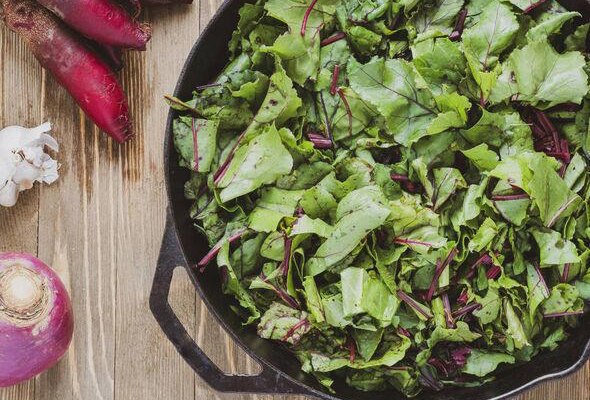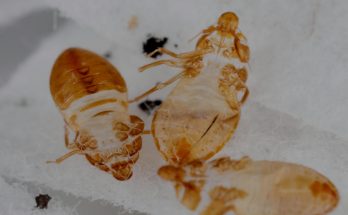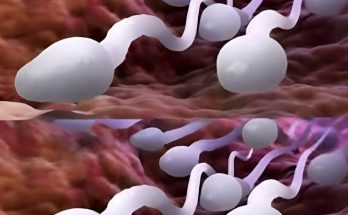Many people have probably never tried this vegetable, often throwing them away when preparing it.
It’s no secret that a wide variety of vegetables are beneficial to our overall health, with the aim of including at least 30 different plant-based foods in our weekly diet, recommends Professor Tim Spector, an expert in gut health and nutrition.
Each vegetable offers a unique blend of essential vitamins, minerals, polyphenols, and other properties that can positively impact our bodies in a variety of ways. These benefits range from promoting gut health to reducing inflammation, aiding digestion, and even reducing the risk of chronic diseases and cancer.
However, a comprehensive ranking has revealed that some vegetables are superior to others in terms of nutritional value, with the potential to change the way we approach our diets and, in turn, our health. The list includes some surprising entries, including the “world’s healthiest snack,” which is available in most supermarkets and packed with nutrients.
It also highlights the “world’s healthiest fruit,” a food rich in vitamins and antioxidants, and, more surprisingly, the “world’s healthiest meat,” which beats out some fruits and vegetables in terms of nutritional content. Swiss chard takes the top spot among vegetables, but beet greens are a close second.
Many people have probably never tried beet greens, often throwing them away when preparing beets or buying beets without leaves at the store.
According to the BBC, beetroot leaves have a nutritional score of 70/100 and are rich in calcium, iron, vitamin K and B vitamins, especially riboflavin.
In a recent episode of the Zoe podcast, Carleigh Bodrug, a bestselling food author focused on reducing food waste, commented: “It’s normal to throw away a lot of really edible plants… coffee grounds, radish tops, beetroot tops, broccoli stems. There are so many great things we can include in our diet that are nutritious, delicious, and affordable, because you’d buy them anyway, that we could consume but throw away.”
She further explained the value of beetroot, saying: “Beetroot is a perfect example. Beetroot leaves are delicious, they’re very nutritious, but you just cut them up… compost them or throw them in the bin and we just use the beetroot. Whereas beetroot leaves are also great in salads or in soups like kale. So there’s really a lot of waste going on here that’s completely unnecessary.”
“Each plant has a unique blend of nutrients that feed your body and your gut bacteria,” says Zoe’s US medical director, gastroenterologist Will Bulsiewicz, MD. “So when we talk about, for example, beets, you cut off the leaves, you throw them in the trash. The nutrients that are in the leaves are different than the nutrients that are actually in the beet.”
Why are beetroot leaves beneficial?
According to culinary website Epicurious: “Beet greens are one of the most nutritious green vegetables, containing more antioxidants and other phytonutrients than the root.”
They are a rich source of vitamin C, vitamin B6, fiber, potassium, folate and magnesium.
It is believed that Hippocrates, the father of Medicine, used beet leaves to heal wounds because he believed that the juice from the leaves helped aid the healing process.
Today, collard greens are often eaten instead of applied topically, but they still have amazing health benefits. Collard greens are packed with minerals, fiber, antioxidants, and vitamins that support eye health, detoxify the liver and colon, strengthen bones, and boost the immune system.



